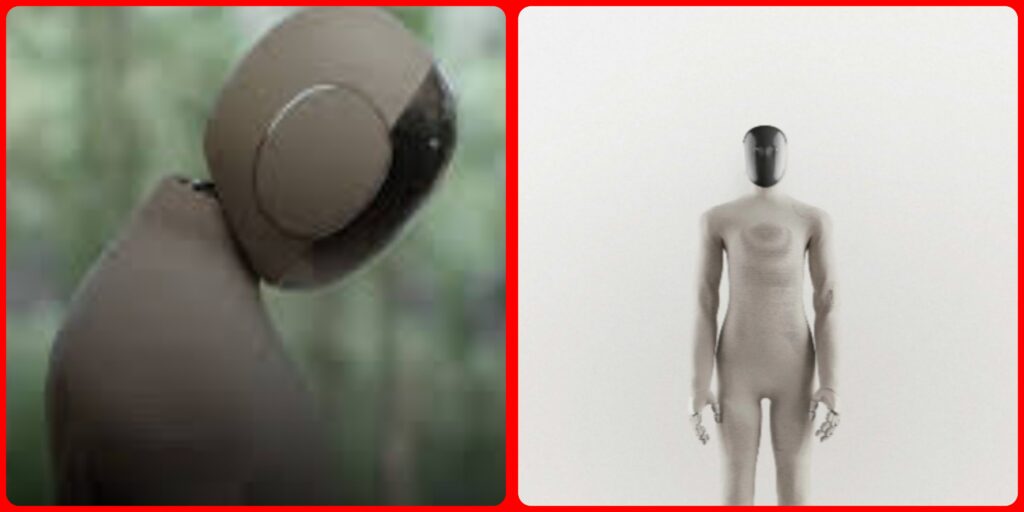
Norwegian robotics firm 1X unveiled its latest home robot, Neo Gamma, on Friday. The humanoid system will succeed Neo Beta, which debuted in August. Like its predecessors, the Neo Gamma is a prototype designed for testing in the home environment.
Images of the robot show it performing a number of household tasks like making coffee, doing the laundry, and vacuuming.
1X says the bipedal robot is set to step outside the lab, with limited in-home testing, though the company is quick to add that the Gamma is a long way from commercial scaling and deployment.
Neo Gamma represents a softer side of the humanoid industry — both figuratively and literally. 1X has built the robot to be welcoming, with a friendlier design and a suit made of knitted nylon. The latter is designed to reduce potential injuries that might arise from robot-to-human contact.
Neo Gamma arrives amid a sea of humanoids from companies like Agility, Apptronik, Boston Dynamics, Figure, and Tesla.
While firms like Figure already have their robotic systems operating in a mock home environment within their lab, all have prioritized warehouse and factory deployment. 1X’s home-first approach makes it unique among its direct peers.
Home robots have always been a tricky proposition. Beyond robotic vacuums produced by companies like iRobot, none have meaningfully penetrated the market. This isn’t from lack of trying — the technology simply isn’t there.

Home robots need to be useful, reliable, affordable, and significantly safer than their industrial counterparts. This is doubly the case given that age-tech is likely to be one of home humanoids’ key targets. As the average age of the population rises, independent living for older adults will become an increasingly important technology target.






